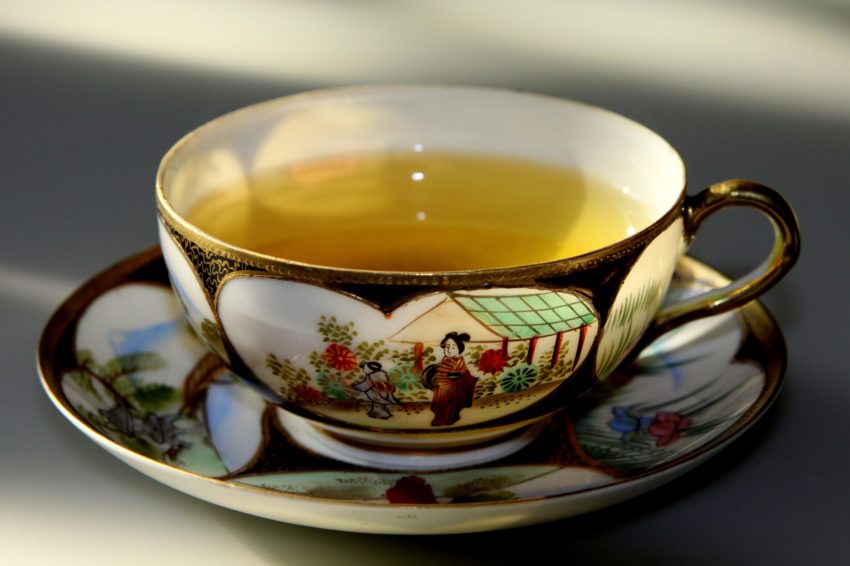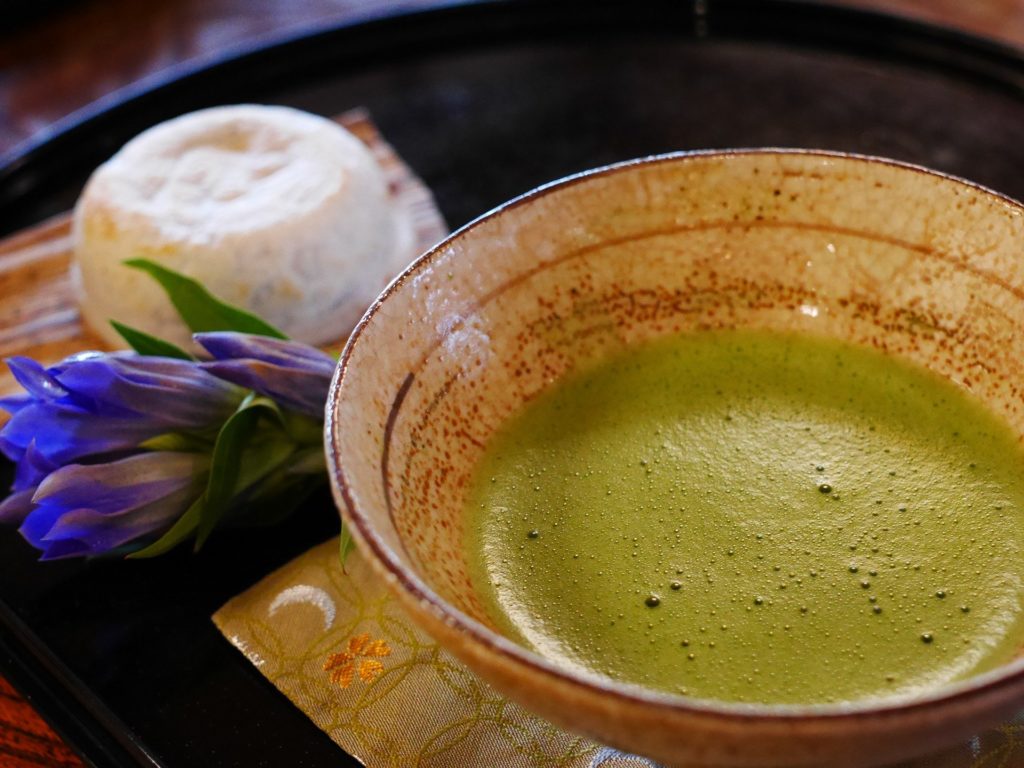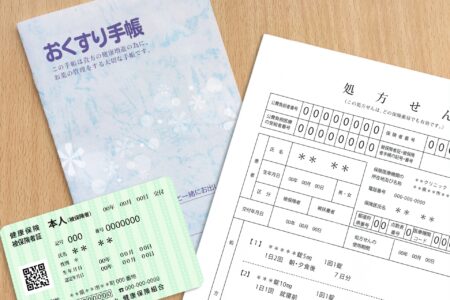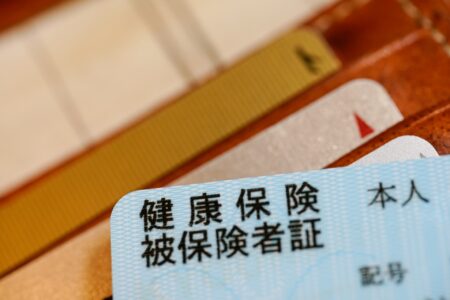Quick Tips: Green Tea Time

Top Photo: chezbeate on Pixabay
Tea. Wars have been fought over it. Revolutions have been waged because of it. And people around the world just can’t get enough of it.
It is said that globally, 25,000 cups of tea are consumed every second- about 2.16 billion cups per day. While tea comes in many flavors and colors, one variety that attracts a lot of attention- and is the focus of a great deal of controversy in the world of healthy living- is green tea.
“Tea is the most wonderful medicine for nourishing one’s health; it is the secret of long life.” So wrote the Zen Buddhist priest Eisai (1141-1215) in his preface to the Kissa Yōjōki (喫茶養生記, “Drink Tea and Prolong Life”), the first Japanese treatise on tea. In 1191 Eisai had brought brought back tea seeds from China, which he then planted on the island of Hirado and in the mountains of Kyushu. As well as popularizing the drinking of tea in Japan, he advocated that all people, not just Buddhist monks and the elite, drink tea for its health benefits. But are those benefits real or just fantasy?
Even today, health experts continue to debate about the true effectiveness of green tea. Its use as a health supplement is often associated with a slight improvement in the overall quality of one’s life, but does it actually do anything? Studies about its effectiveness on everything from preventing cancer to aiding weight loss have proven inconclusive at best.

The closest thing to a consensus reached so far is that it is beneficial to the brain and heart; Green tea has been shown to improve blood flow and lower cholesterol. One study revealed that people who drank green tea had greater activity in the working-memory area of their brains, and it can be effective in mitigating the effects of Alzheimer’s disease. While it may not be a miracle cure-all, it continues to enjoy popularity as a healthy staple in one’s diet and an excellent alternative for coffee or sugary soft drinks (due to the caffeine content, of course.)
In Japan, all commercially-produced teas are of the green variety, although there are many sub-variations under the nebulous label of Japanese Tea (日本茶). These include the thick, heavy Matcha (抹茶), well-known for its use in traditional tea ceremonies; Hōjicha (ほうじ茶), which is notably roasted rather than steamed like other Japanese teas; and Sencha (煎茶), the most popular variety and probably the one you’ve had if you ever bought a bottle of cold green tea on a hot summer day from a vending machine.
The debate about whether green tea is a magical elixir or not will continue to rage. In the end, maybe it’s just a healthier alternative when compared to other beverages you could be imbibing. Whatever the case may be, it’s a tasty and refreshing drink year-round. Whether you enjoy it hot or cold or heavy or light, green tea is a quintessential taste of Japan. And, perhaps, the secret to a long life after all.
Photo Credits:
Top Photo: chezbeate on Pixabay
Additional photo: naturalogy on Pixabay
All other content (text) created by the original author and © 2021 MUSUBI by Borderlink
RELATED
-

Quick Tips: 3 Social Faux Pas in Japan
Top photo: Jezael Melgoza on Unsplash There are various social faux pas in Japan that everyone, particularly … -

A Layman’s Guide to Japan’s Health Insurance System
Top Image: Hadesさん on PhotoAC Health Insurance in Japan can sometimes seem like a real pain in the neck, but i… -

Japan’s Health Insurance Explained
Top Photo: uopicture on PhotoAC Are you new to Japan (or soon to come to Japan) and confused about how the hea…
PEOPLE

The MUSUBI Staff
Collaborative works put together by our many talented writers and editors!



